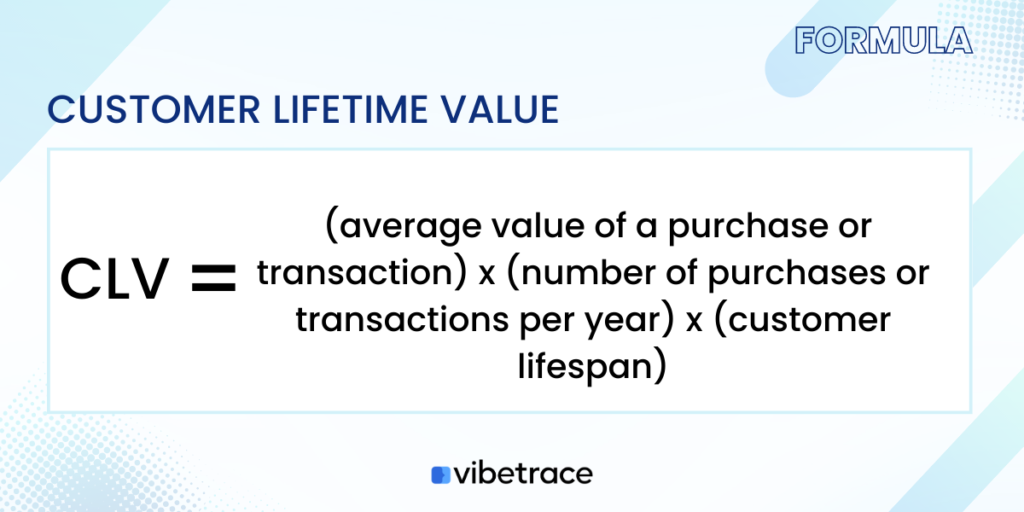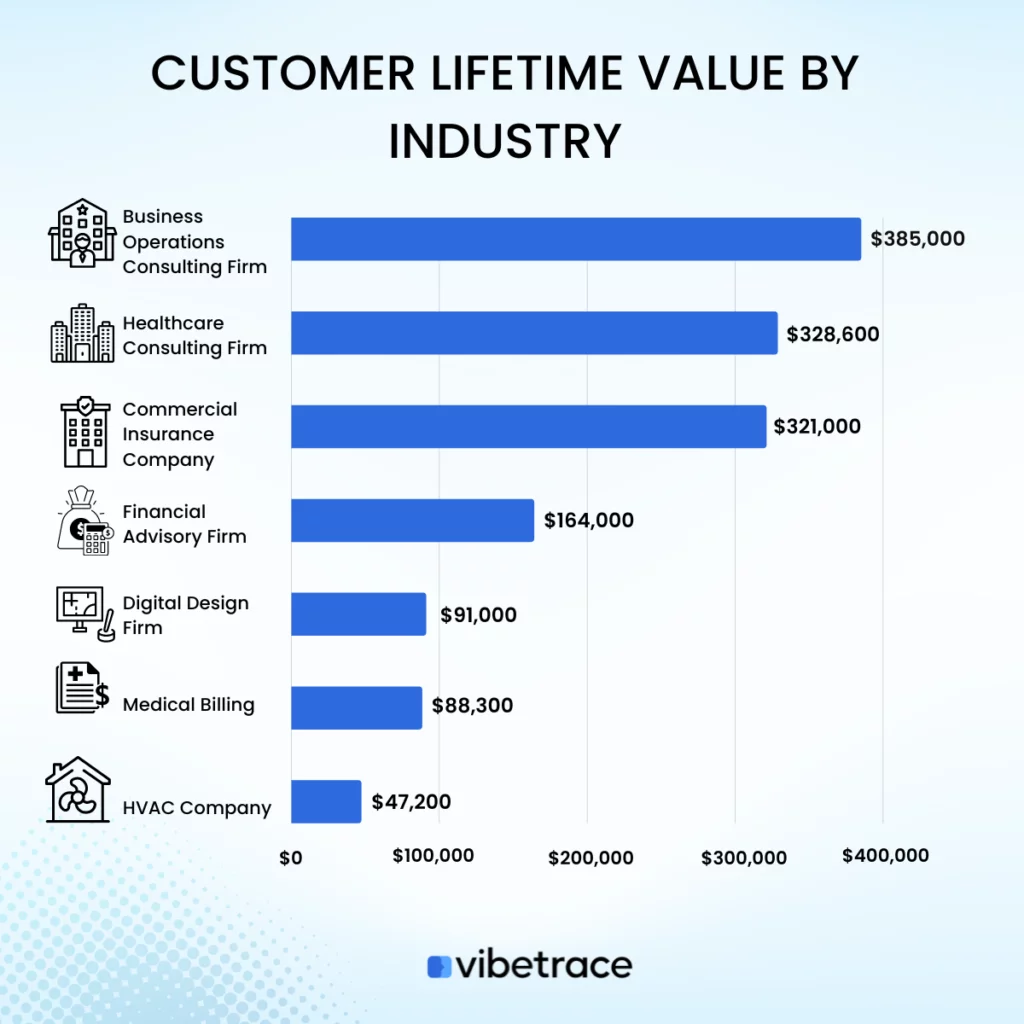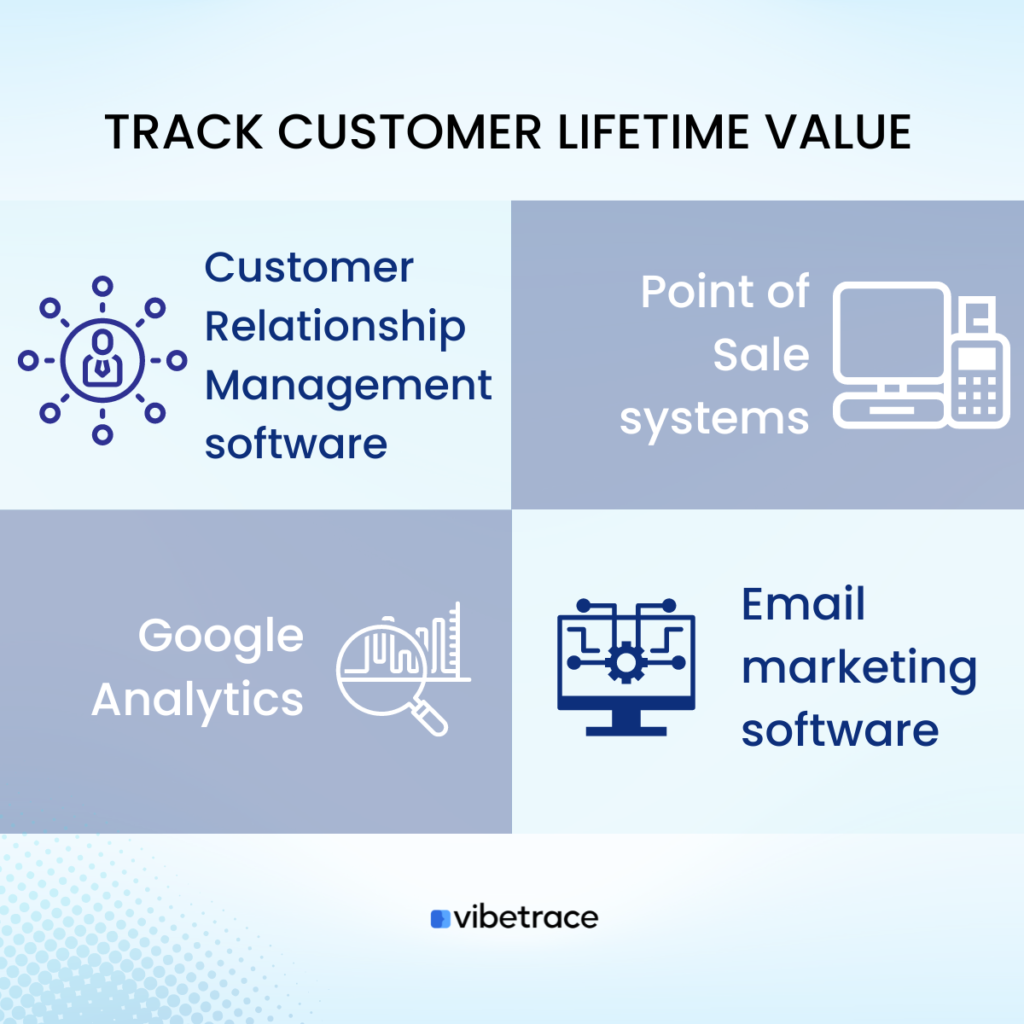Customer Lifetime Value is an important metric that tells your business relationship with the customer.
Growing and scaling a business requires you to track down all the crucial metrics to guide your business. You need proper insights to make informed decisions to know how much money you should invest in your marketing efforts to acquire more customers while retaining the existing ones.
By understanding your customer’s activities, you can have an idea of their journey and calculate how much you need to spend on customer acquisition costs.
What is Customer Lifetime Value?
Definition of Customer Lifetime Value
Customer Lifetime Value (CLV) is a prediction of the net profit attributed to the entire future relationship with a customer.
CLV is a valuable metric for businesses as it helps them prioritize their resources and investments in customer acquisition and retention. By understanding the value of each customer to their business, companies can make informed decisions about which customers to target and how much to invest in acquiring and retaining them.
Additionally, CLV can help businesses identify areas where they can improve customer experiences to increase customer loyalty and lifetime value.
Customer Lifetime Value Formula

The resulting figure represents the average amount of profit a business can expect to make from each customer over the entire course of their relationship.
Customer Lifetime Value by Industry

| Industry | Customer Lifetime Revenue |
| Business Operations Consulting Firm | $385,000 |
| Healthcare Consulting Firm | $328,600 |
| Commercial Insurance Company | $321,000 |
| Financial Advisory Firm | $164,000 |
| Digital Design Firm | $91,000 |
| Medical Billing | $88,300 |
| HVAC | $47,200 |
The provided data shows the Customer Lifetime Value (CLV) for different industries. CLV represents the amount of money a customer is expected to spend on a business throughout their entire relationship with that business. The data is sourced from FirstPageSage.
The data covers seven different industries.
For each industry, the average CLV is presented, with values ranging from $47,200 for HVAC to $385,000 for Business Operations Consulting Firm.
These values indicate the estimated revenue a customer can generate for a business in each respective industry over their lifetime.
This information can be useful for businesses in the industries mentioned to assess their performance and profitability, by comparing their own CLV with industry averages. Additionally, you can use this data to evaluate the potential profitability of investing in businesses in these industries.
How to track Customer Lifetime Value?
There are several tools available to help businesses track Customer Lifetime Value (CLV) and related metrics. Here are some popular tools for tracking CLV:

Excel: For tracking CLV, Excel is a simple and commonly used tool. It enables your business to construct customized spreadsheets with consumer data and KPIs, as well as generate charts and graphs to visualize patterns over time.
CRM Software: CRM software is a more complex tool that allows your business to monitor customer interactions and behavior, as well as provide reports on critical metrics like CLV. Salesforce, HubSpot, and Zoho CRM are examples of popular CRM tools.
BI Software: Business Intelligence (BI) software is a more advanced technology that allows your business to measure a variety of metrics in real-time, including CLV. Tableau, Power BI, and Domo are examples of popular BI tools.
Marketing Automation Software: Marketing automation software such as Marketo and Pardot may also be used to measure CLV by automating customer interactions and tracking their behavior across many channels.
Ultimately, the best tool for tracking CLV will depend on the specific needs of your business and the resources you have available. By selecting the right tool for your business, you can gain valuable insights into customer behavior and optimize your CLV over time.
How often should you check Customer Lifetime Value?
The frequency at which you should check Customer Lifetime Value (CLV) depends on the nature of your business and the rate at which customer behavior changes. In general, businesses should check CLV at regular intervals to ensure they are optimizing customer value and making informed decisions about customer acquisition and retention strategies.
For most businesses, checking CLV on a quarterly or annual basis is a good rule of thumb. This allows enough time to gather sufficient data on customer behavior and make informed decisions based on that data. However, if your business experiences frequent changes in customer behavior, it may be necessary to check CLV more often, such as monthly or even weekly.
It’s also important to note that CLV is an estimate and not a precise calculation. It’s important to use CLV as a guide for making informed decisions about your business, but it should not be the sole metric used to evaluate business performance. By monitoring CLV along with other key metrics, businesses can gain a more holistic view of their performance and make data-driven decisions that drive long-term growth.
Customer Lifetime Value Calculator
Do you want to calculate your customer time value? Use our simple calculator below.
Simple Customer Lifetime Value Calculator
Average Purchase Value:
Number of purchases per year:
Customer Lifespan (years)
Customer Lifetime Value:
= ?
Important Things about Customer Lifetime Value
Here are some important things to know about Customer Lifetime Value (CLV):
Represents the total value of a customer to a business. CLV takes into account the revenue generated by the customer, the cost of acquiring and retaining the customer, and the length of time the customer is expected to remain a customer.
Provides insight into the long-term value of a customer. By understanding the value of a customer over time, you can make informed decisions about customer acquisition and retention strategies.
Customer behavior, market conditions, and competitive pressures affects CLV. By monitoring these factors, you can optimize your business CLV over time and drive long-term growth.
Estimate and not a precise calculation. It’s important to use CLV as a guide for making informed decisions about your business, but it should not be the sole metric used to evaluate business performance.
Overall, CLV is an important metric for businesses that want to drive long-term growth and build sustainable customer relationships.
Metrics related to Customer Lifetime Value
There are several metrics related to Customer Lifetime Value (CLV) that businesses can use to track and optimize their CLV over time. Some of these metrics include:
Average Order Value
Customer Acquisition Cost
The cost of acquiring a new customer, including marketing and sales expenses.
Gross Margin
Indicates if the business is generating a high-profit margin on its products.
Purchase Frequency
The measure of how often customers make purchases from a business.
Vbetrace can help you optimize customer lifetime value (CLV) by improving customer engagement, increasing customer loyalty, and boosting revenue.
To increase Customer Lifetime Value (CLV), Vibetrace allows you to send personalized email campaigns based on customer behavior and interests, which can lead to higher open rates, click-through rates, and conversions.
In addition, Vibetrace’s automation features can enable your business to set up targeted email sequences that are triggered by customer behavior, such as abandoned carts or inactivity which can increase CLV.
Sign up for our email list today and unlock the full potential of your campaigns!

